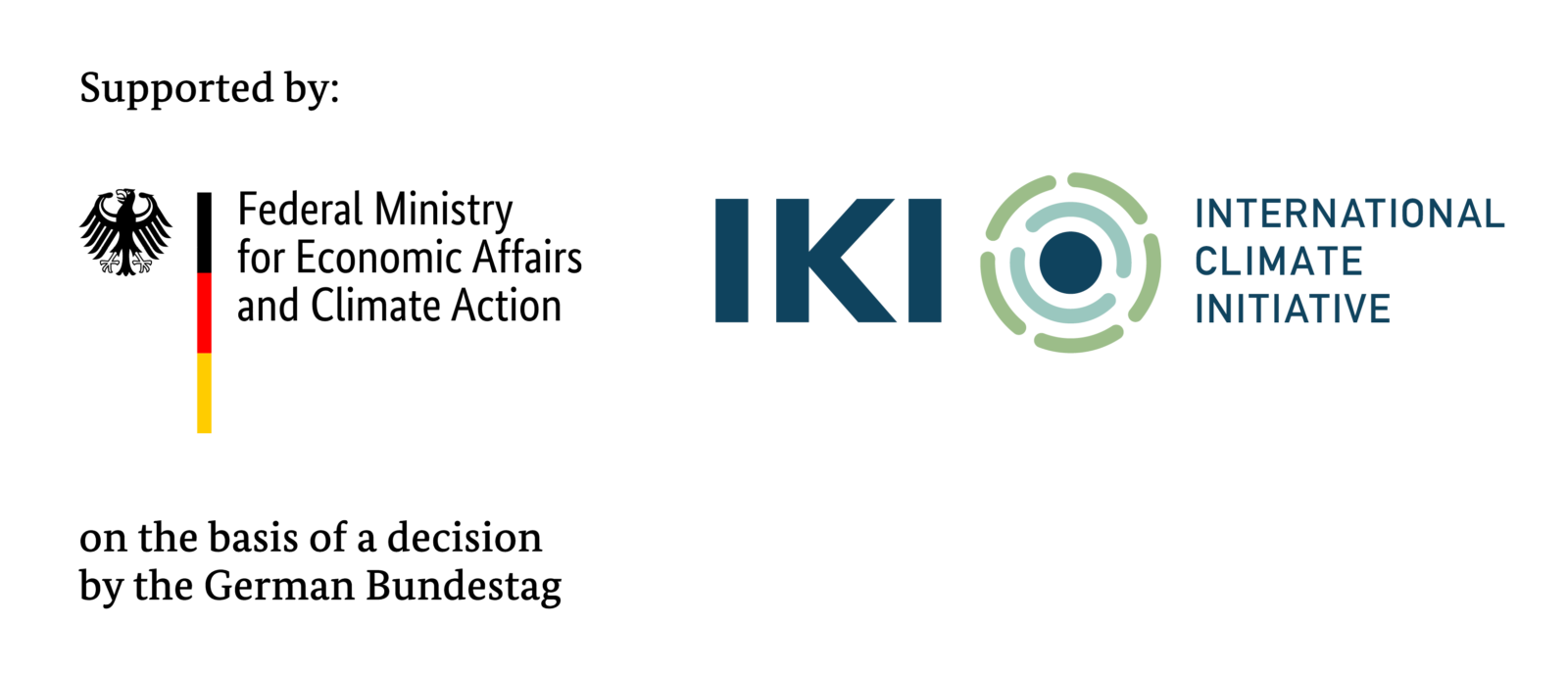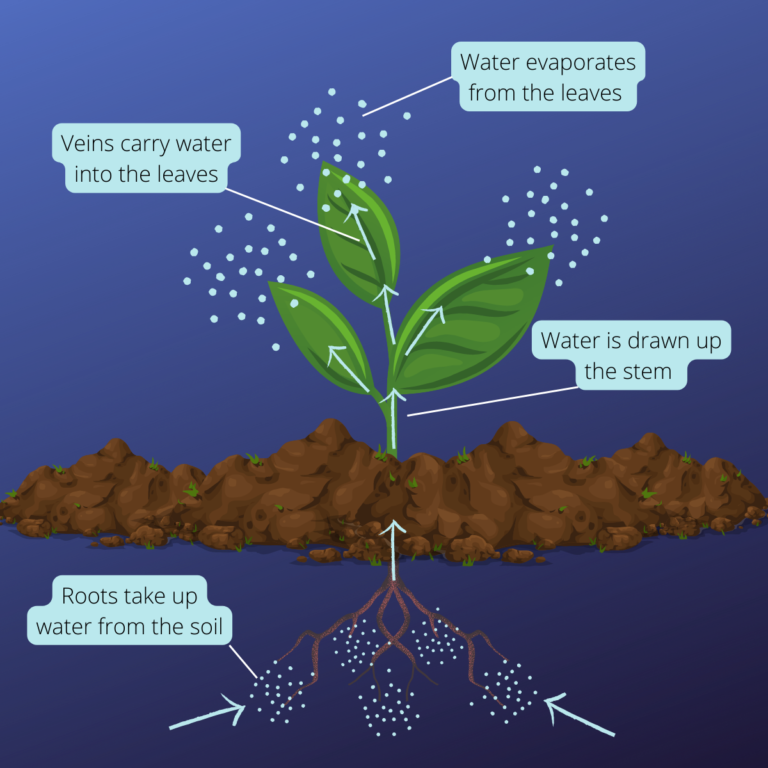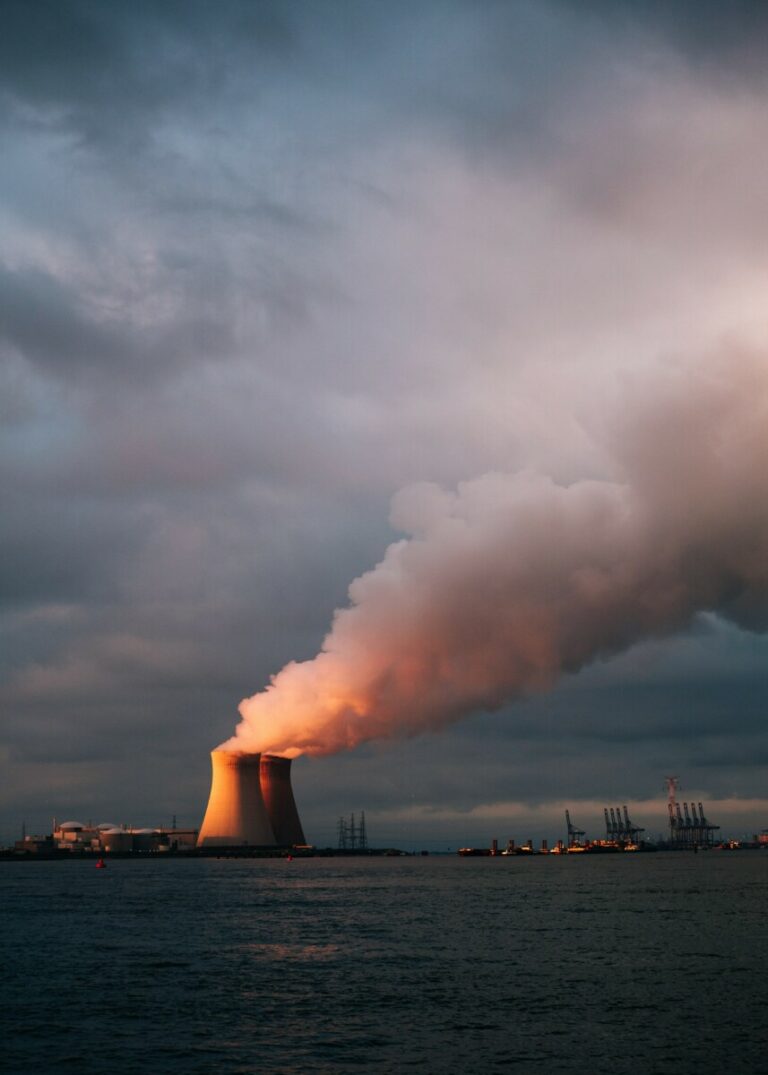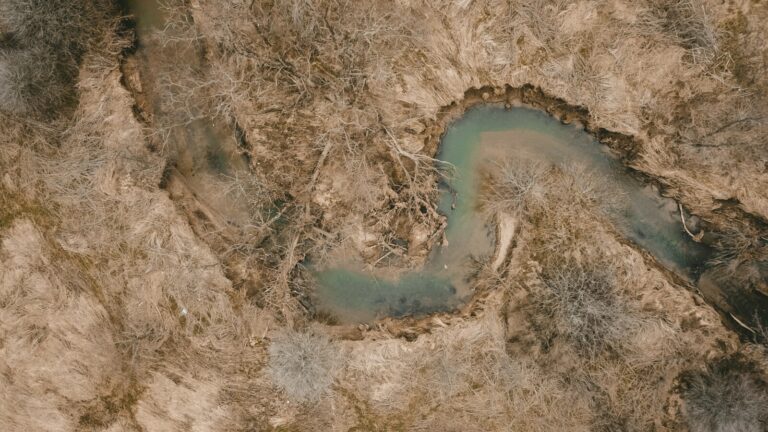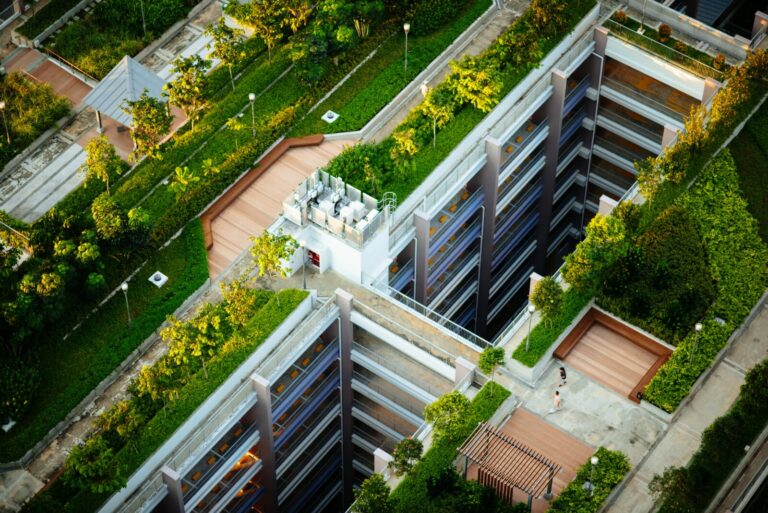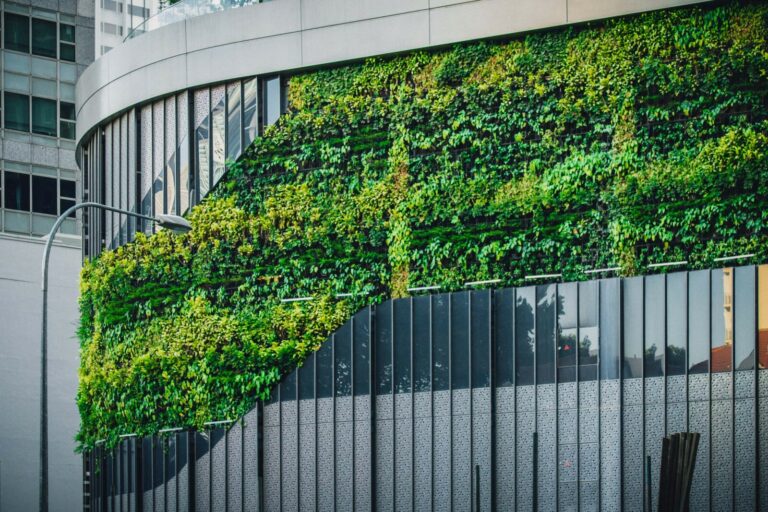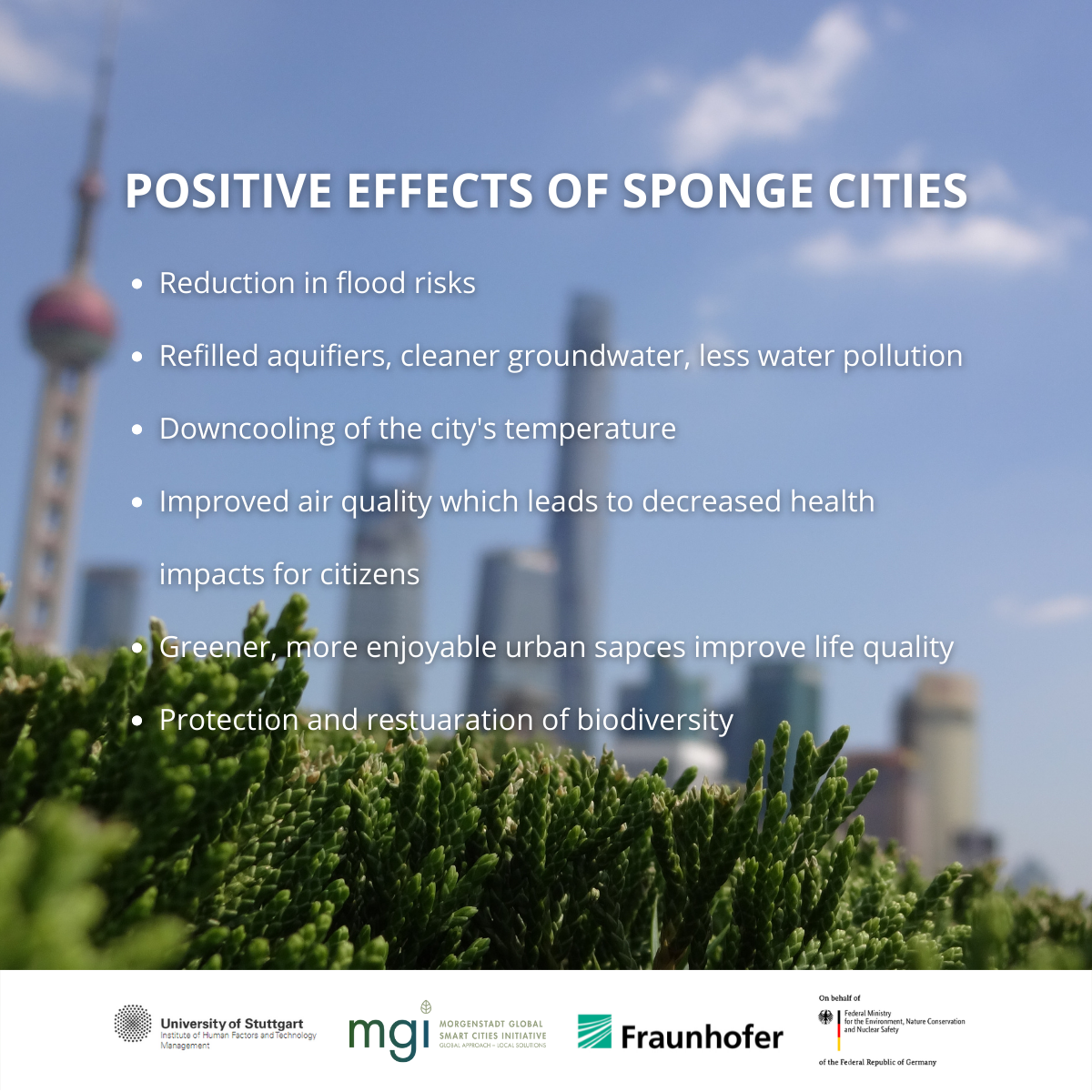Urban Heat Islands: A Pressing Challenge for Cities
With global warming and climate change, prolongued and extreme heat waves aren‘t a rarity anymore. Urban Heat Islands (UHIs) multiply the effects of rising temperatures in cities during summer or in warm regions. The environment and citizens suffer the consequences of this phenomenon. Luckily, there are solutions to tackle this challenge through sustainable urban planning.
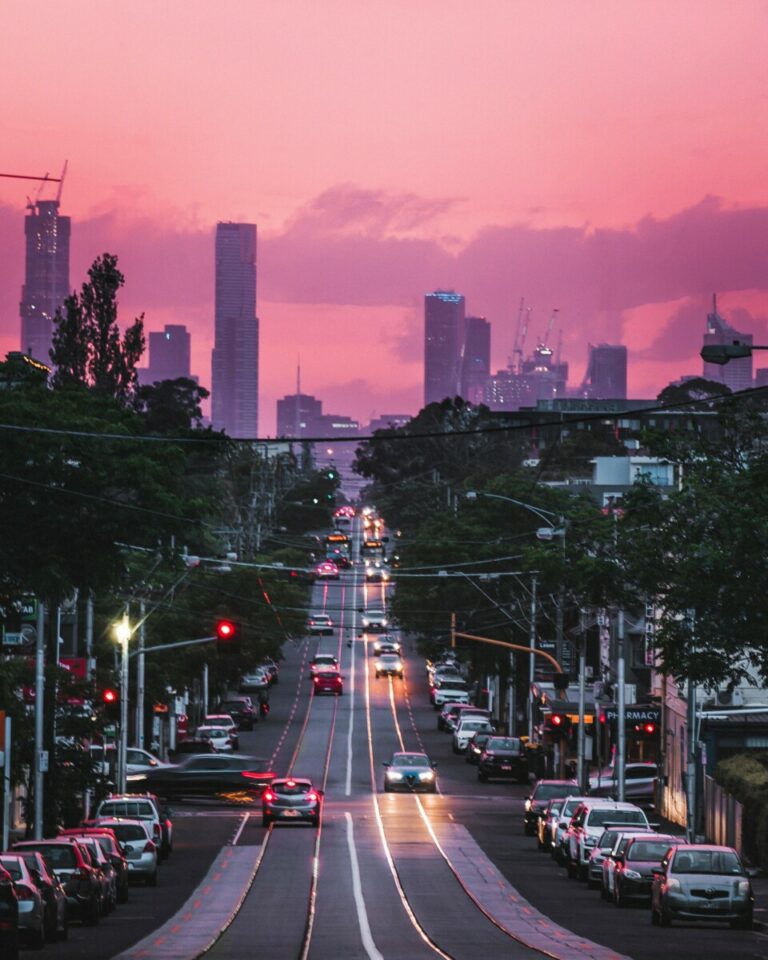
What is the urban heat island effect?
Consequently, the rainwater evaporates quickly from such surfaces, and without any plants to ensure transpiration, no cooling effect occurs. As a result, the temperature in an urban area is considerably higher than in the rural area, especially during summer and in warm regions, and builds an urban heat island. For example, in summer, the temperature of New York City is 4°C higher than its surrounding rural area. This may seem a small difference, but already small increases in temperature can have negative consequences for humans and nature.
Heat: A danger for the environment and public health
Heat Islands Increase Energy Consumption
With every 2 degree in temperature rise, the electricity demand for air conditioning increases 1-9% percent, according to the United States Environmental Protection Agency.
UHIs exacerbate extreme heat events. This is not only problematic as it can lead to electricity shortages and blackouts during such events, but higher electricity expanses mean also higher consumption of resources to produce energy. With the continuously high share of fossil fuels in energy production, an increase in electricity use leads to an increase in the emission of air pollutants and greenhouse gas emissions.
The dangers of elevated air pollution
These emissions do not only contribute to global warming, but they are also hazardous to human health and other species. Air pollutants play a role in the formation of ground-level ozone, fine particular matter (PM), and acid rain. Especially the formation of ground level ozone is accelerated by the urban heat island effect.
Dehydration, heat exhaustion, and heat-related death
With climate change, heat waves are estimated to increase. Urban heat islands exacerbate the effects of heat waves. Subsequently, heat waves in cities will become more extreme than they already are. The human population may suffer from dehydration, heat exhaustion, heat cramps, or heart strokes as a result, all which are potentially life threatening. Especially elder people, children, people with diseases, and homeless people are under high risks of fatal heat impacts.
But also the environment suffers from extreme heat. Droughts and water scarcity is as dangerous for plants and animals living in the city as it is for humans. Moreover, small increases in water temperatures can accelerate the growth and reproduction of bacteria, algae, and other species. This does not only deteriorate the drinking water quality for humans, but even prove fatal for aquatic life.
How to counteract and prevent urban heat islands
Heat and drought are becoming a pressing challenge to cities. Fortunately, the methods to counteract heat islands are not too complicated.
1. Measure temperature change and hot spots
2. Incorporate Blue-Green Infrastructure
After identifying the urban areas where heat island effects are highest, green infrastructure should be integrated in those areas. Trees and plants provide shadow and purify the air. Best is to plant native, drought-tolerant shade trees and smaller plants such as shrubs, grasses, and groundcover wherever possible. Parks with green surfaces and renatured riverbanks provide a habitat for insects and other wildlife. They also absorb rainwater into the ground. This prevents flooding and facilitates slow evaporation, generating a down-cooling effect.
Small efforts count
Green measures must not always be implemented on a big scale. Small nature-based solutions have a positive effect, too, and can easily be integrated into grassy or barren areas, vacant lots, and street rights-of-way. Instead of sealing the surface of a parking lot, for example, semi permeable pavement is a smart alternative. Roofs and facades of buildings might serve as urban gardens and small green spaces, making the city more visually appealing. An alternative to rooftop gardens are cool roofs, which are built from materials or coatings that deflect sunlight and heat instead of absorbing them.
Make the change structural
To prevent urban heat island effectively, blue-green infrastructure and nature-based solutions should be included into the urban planning strategy and the construction of future urban area. This way, cities may change from reacting to the impacts of climate change in a defense-mode to preventing their own negative impacts on the environment and becoming resilient to climate change effects.
3. Measure the Impacts
Besides good planning, measuring the impact of green infrastructure and nature-based solutions are key to a successful green urban transformation. Knowing which interventions are truly effective and which are not will facilitate the development of tailored solutions with a good benefit-cost-relation.
You may find The Handbook for Practitioners and Methods for Evaluating the Impacts of NBS useful for that purpose.
Positive Effects of Green Infrastructure
Generally, the positive effects of green infrastructure lie in the so-called sponge city effect. Apart from counteracting the consequences of urban heat islands, the sponge city effect can be summarized in the following main improvements for humans and the environment:
More on nature-based solutions
To know more on the importance, implementation, and measurement of nature-based solutions, take a look at the presentation slides of the latest MGI-Webinar.
If you are interested in having your own rooftop garden, you should read this step-by-step guide compiled by the Kochi City Lab Team.
Share
More from MGI
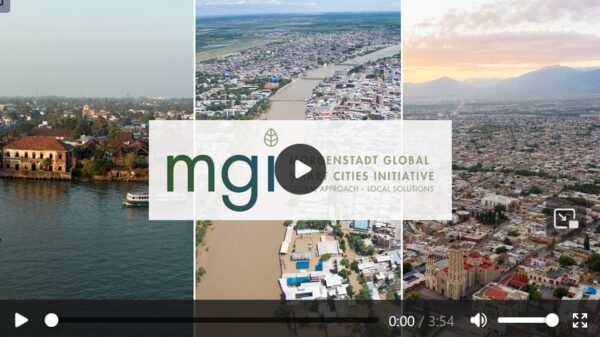
MGI Says Goodbye
The Morgenstadt Global Smart Cities Initiative (MGI) has been officially concluded. For the occasion, the MGI consortium looks back at four years of transforming cities for the future.
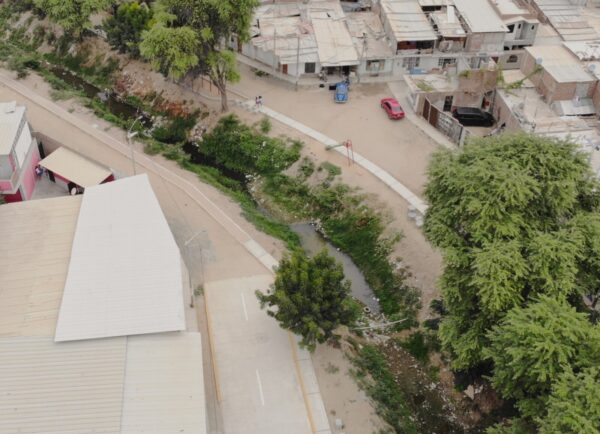
Piura Pilot Project: Transforming a neglected public space
After implementing the MGI pilot project, the residents can now use a formely neglected public space according to their requirements. Read more.
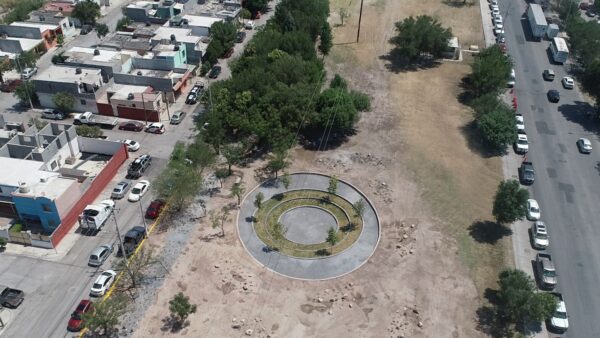
Saltillo Pilot Project offers Solutions to Floodings and Heat
The pilot project of MGI in Saltillo has been successfully implemented. The newly inaugurated park offers solutions to floodings, heat, and biodiversity loss.

